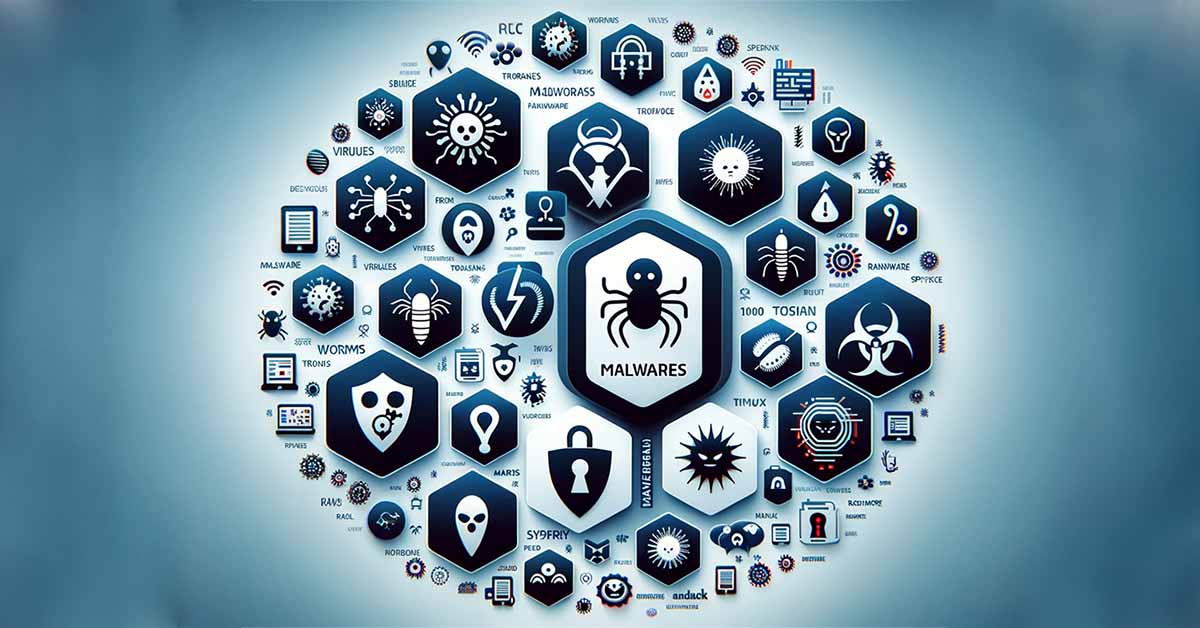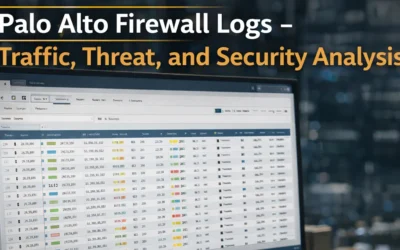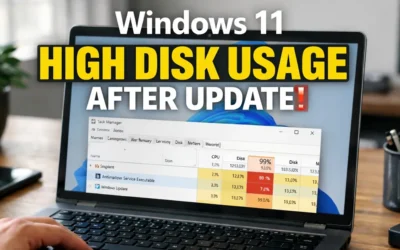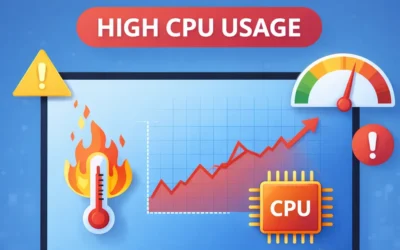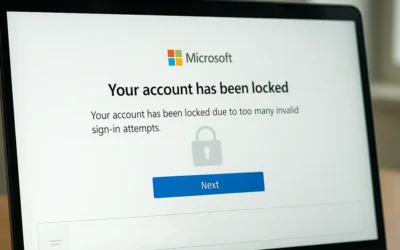🧠 What is Malware?
Malware (short for malicious software) is any software designed to infiltrate, damage, or disable a device, network, or system without the user’s knowledge. It can steal personal information, disrupt system performance, and even hijack devices for illegal purposes.

🔍 Common Types of Malware
- Viruses
- Definition: Programs that attach to legitimate files and spread once executed.
- Spread: Via infected email attachments, malicious downloads, or pirated software.
- Worms
- Definition: Standalone software that self-replicates and spreads across networks.
- Spread: Exploits network vulnerabilities and shared drives.
- Trojans
- Definition: Malicious code hidden inside seemingly safe programs.
- Spread: Via fake software downloads or phishing links.
- Ransomware
- Definition: Locks your files and demands a ransom to restore access.
- Spread: Through email attachments, compromised websites, or RDP attacks.
- Spyware
- Definition: Covertly monitors your activities and sends data to attackers.
- Spread: Installed through software bundles or browser extensions.
🦠 How Malware Infects Your Computer
- Phishing Emails: Fake messages with infected attachments or links.
- Drive-by Downloads: Malware installs silently when visiting unsafe websites.
- Removable Media: Infected USBs or external drives that auto-run malware.
- Outdated Software: Unpatched applications and OS vulnerabilities.
🛡️ How to Protect Against Malware
- Install trusted antivirus like Microsoft Defender Antivirus.
- Enable automatic Windows or macOS updates.
- Only download software from official or reputable sources.
- Avoid clicking unknown email links or pop-up messages.
- Use a firewall and secure your Wi-Fi with WPA2/WPA3.

📚 Related Articles
- Comprehensive Malware Removal Guide
- Step-by-Step Malware Removal in Windows
- Protect Your PC from Remote Access Trojans
Frequently Asked Questions
What is the most dangerous type of malware?
Ransomware is among the most harmful due to its ability to lock your files and demand a ransom.
Can malware infect mobile devices?
Yes. Especially on Android, where sideloaded apps can contain hidden malicious code.
Do I need antivirus on Windows 11?
Yes. Although Microsoft Defender is built-in, using an additional reputable antivirus is strongly recommended.
What are signs that my PC is infected?
Frequent crashes, sluggish performance, pop-ups, or new unknown programs appearing on your system.
What should I do if I clicked a suspicious link?
Disconnect from the internet, run a full antivirus scan, and avoid entering any sensitive information.

